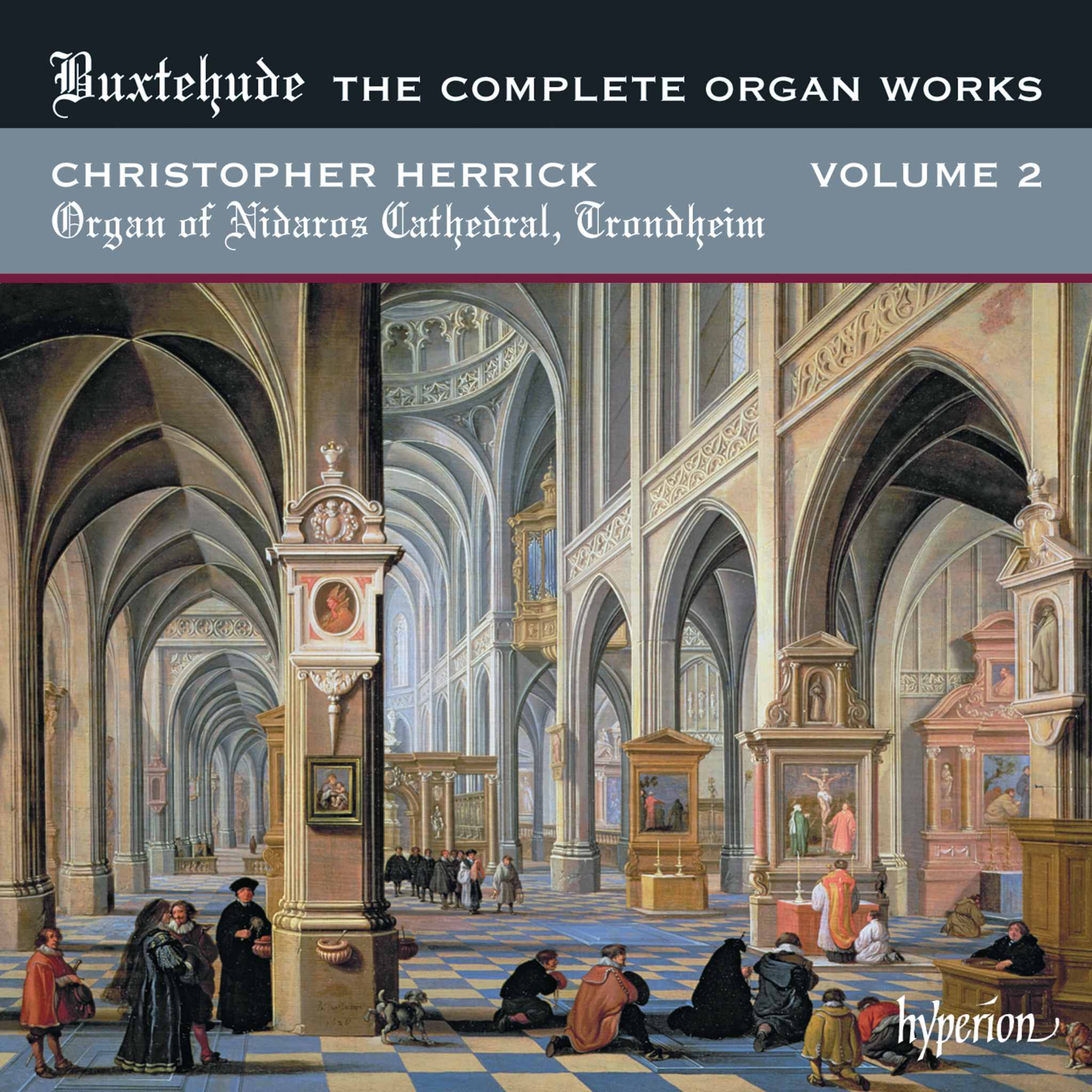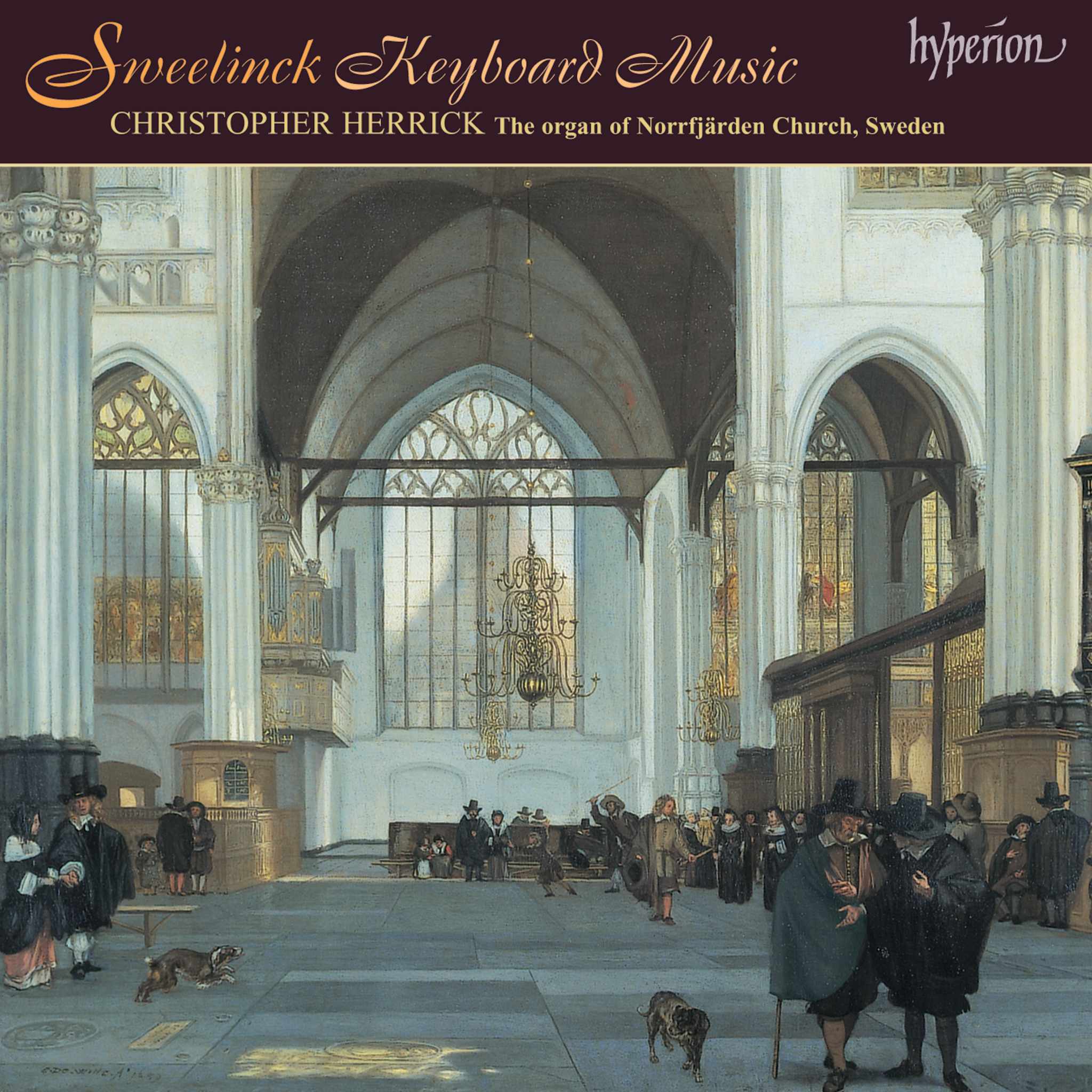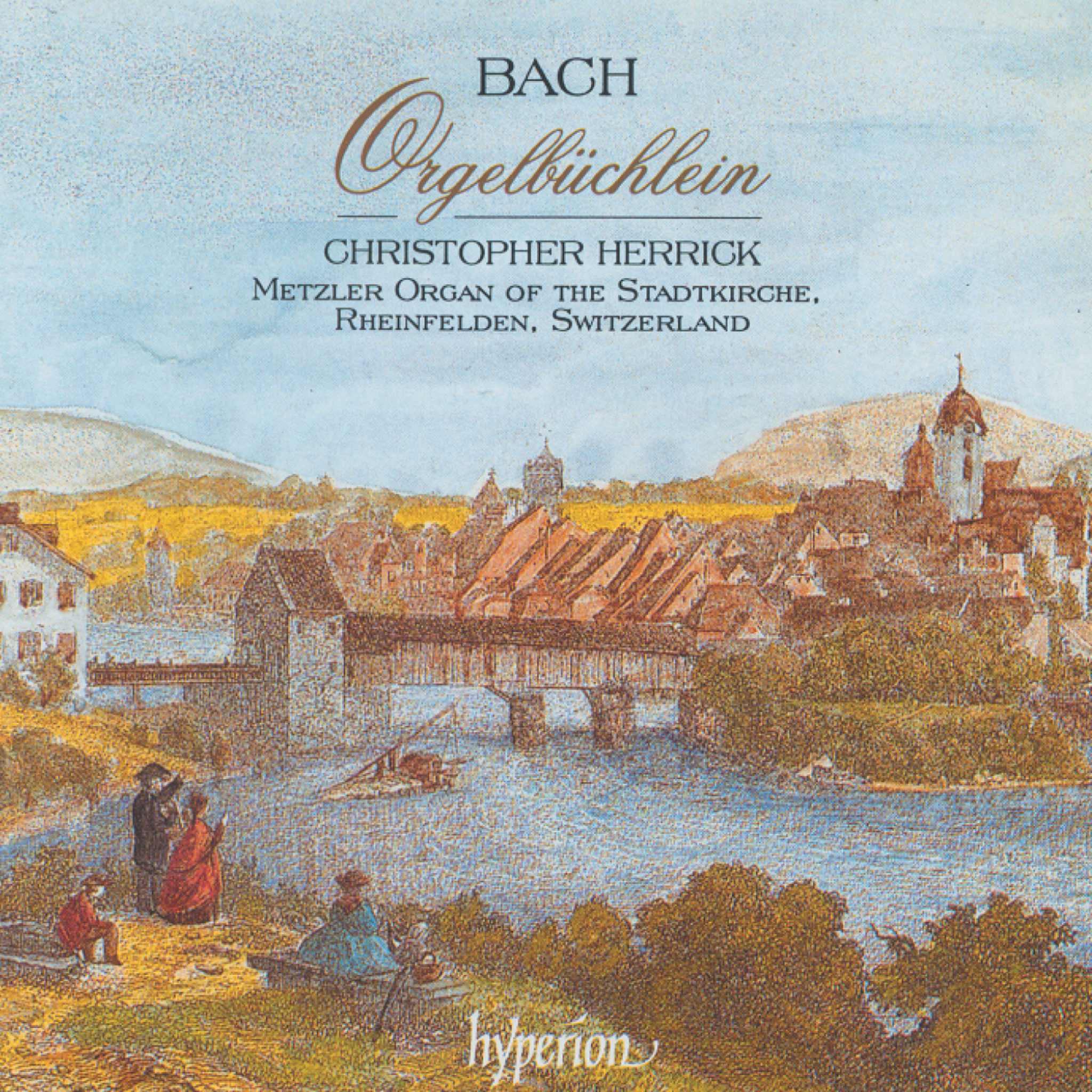Album insights
Polyphonic composition method in the late 12th century was first documented by a monk, possibly from Bury St. Edmunds, a century after the event. Known as Anonymus IV, this monk sheds light on key composers like Magistri Leoninus and Perotinus around 1200. Leoninus composed a two-part cycle for major chants of the liturgical year, known as the Magnus liber organi. Perotinus, influenced by Leoninus, meticulously revised this repertoire. Both worked at Notre Dame Cathedral in Paris. While little is known about Perotinus, Leoninus is likely associated with a priest named Leo. Organum compositions like those in Leoninus' work are polyphonic scores of Gregorian chants, blending solo and choir passages. The compositions utilized various styles, showcasing a unique alternation principle.
Leoninus, in the Magnus liber organi, employed two methods: one using the Gregorian chant in long notes for the tenor voice accompanied by intricate melodies (Duplum), known as Organum per se; the other method divided melismatic passages into rhythmic units with corresponding Duplum, termed rhythmic Modal notations or Diskantus. These musical approaches alternated within compositions, creating varied textures and structures. Red Byrd's recordings focus on compositions for significant events in the church calendar. Notably, Leoninus' works were prominently featured during Christmas and Easter services at Notre Dame, showcasing elaborate chants for various celebrations.
Interpreting the complex Duplum of Organum per se from the 12th century requires skill and understanding, considering the artistic nuances of that era. Notation variations offer insights into the composer's vision and performer interpretations, often diverging from the original due to tonal and rhythmic adjustments. The recording selections source manuscripts from Florence and Paris, capturing the essence of the Magnus liber organi de Notre-Dame de Paris in meticulous detail.





